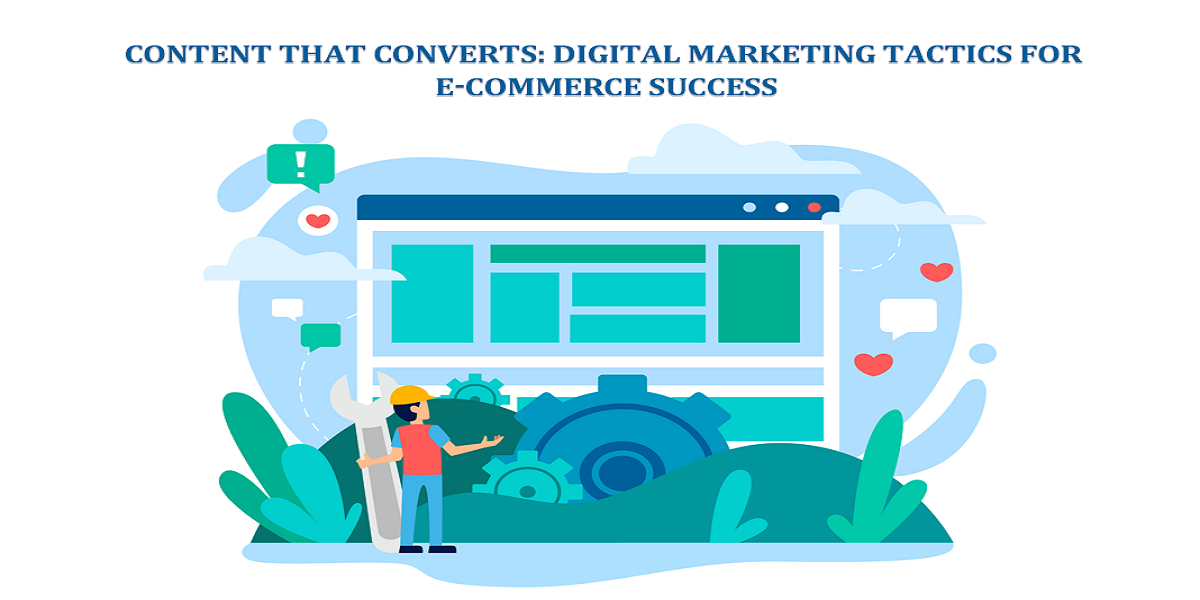
Explore the 21 Emerging Trends for Software Testing in 2023
- By Silpa Sasidharan
- 18-08-2023
- Software
Want to check the software testing trends that will stay in 2023?
We continue to see several technological advancements this year as well. In this article, we discuss a few emerging software testing trends in 2023’ Let’s check it out downright!
What are the Top Software Testing Trends in 2023
Helping businesses to stay competitive and to reinvent, they adopt new technologies and trends. Similarly, they rely on emerging software testing trends to ease the tasks of the development team.
1. API Automation
In the API test automation approach, developers use software programs to send calls and receive responses from the system instead of using standard user inputs and outputs. It is different from Graphic User Interface (GUI) tests.
Fundamentally, it verifies the business-logic layer of software architecture. API testing helps understand the testing techniques, implementation of test cases, functionalities and input parameters.
2. Artificial Intelligence (AI) In Software Testing
When more software releases happen, there arises the need for software testing automation. Testing involves verifying a software application’s performance, scalability capabilities, security issues and so on.
Software testing is hard, and automation is the only solution. Because it can provide accurate results, the use of AI in software becomes essential. Automating software testing using AI helps businesses to reduce time and effort, besides getting the most precise results. Therefore, the application of AI in software testing will continue to stay in 2023 as well.
3. Shift-left Testing
Shift-left testing help perform software testing in the initial phase of the development life cycle. In the conventional approach, the needs are placed on the left side of the workflow, while delivery and testing are on the right side. It consumes much of the time and impacts bug detection.
As a result, it increases costs as well. In shift left, there is collaboration between development teams. It ensures proper development and proactive measures are taken before any issues arise. With this approach, businesses can identify bugs in the earlier stage of the software development lifecycle.
4. Continuous Testing
Agile development has necessitated faster and continuous testing in software applications. Continuous testing is a process that involves testing starting from the development process through deployment.
Continuous testing aims to provide feedback early and match up with the quality standards laid out before launching and releasing the application. When businesses want to enhance quality and speed in software deployment, continuous testing becomes essential.
5. IoT Testing for Smart Systems
The Internet of Things (IoT) has diverted software testing trends towards IoT testing. As we all know, IoT is a network of interconnected physical devices that facilitate the collection and exchange of data and information.
To verify these devices function perfectly without any flaws, the need for functional and security testing in IoT devices and systems has become essential. It resulted in IoT testing, checking if the interconnected devices function as expected and providing end-user satisfaction.
6. Artificial Neural Network Testing
As artificial neural network technology advances, software testers adopt new testing strategies. Testing artificial neural networks verifies how effectively a neural network model functions on a particular issue.
The application of artificial neural networks in software programs has increased over many years and will continue to grow in the coming years as artificial intelligence and deep learning progresses.
7. User Experience Testing
Advanced software testing identifies the significance of user experience while building a software application. Software performance is important, and user satisfaction is also equally important. The testing identifies the issues such as poor navigation, design inconsistencies and other attributes that largely affect user experience.
User experience fundamentally analyzes how well an end user engages with the products and services of a business. We all know a customer is a kingpin in any business, and user experience is valued greatly. Therefore the rising importance of customer satisfaction drives the growth of user experience and user interface testing.
8. Mobile Test Automation
Mobile app development continues to rise as mobile devices are becoming increasingly capable of performing more functions. Mobile test automation services are used to automate repetitive, fixed test cases.
By automating tasks, the delivery and implementation become much faster and, therefore, minimize test cycle time to a great extent. The shorter time to market (TTM) and use of the most advanced tools make it even more popular.
9. Image and Video Testing
Today, users seek for top-quality visual experience when they use applications. With the rising popularity of mobile and handheld devices and high-speed access to the internet, several businesses have realized the significance of testing video and images in applications.
When there are more complexities involved in visual content in applications, the need for image and video testing also becomes essential. Many businesses use automated testing tools to check if the images and videos perform flawlessly while providing seamless experience for their users. Needless to say, manual testing is cumbersome and time-consuming. Further, it is subjected to errors. Automated testing seals such issues, and businesses can prevent such risks downright.
10. DevOps for Security
Businesses must deliver secure software quickly, and software testing trends are moving towards DevOps. This development strategy ensures absolute security in the development process. It becomes an integral part of the software development lifecycle. DevOps minimizes the risks of security issues by integrating security in every phase of the development process, right from design to the launch of the product.
Indeed, such a process helps businesses to identify and resolve security problems during the development phase itself. One of the biggest advantages is that fixing software problems at this stage is comparatively inexpensive and consumes less time. The demand for DevOps will certainly grow during the coming years as long as businesses want to incorporate advanced security in their software products.
11. User Experience Testing
Today, software testing trends give enough stress to the user experience that focuses on flawless functioning and aesthetics. User experience testing analyzes the interactions of end users with a particular product. It addresses the issues such as poor navigation and visibility or any problems that affect the user experience.
More than anything, organizations value customer experience and therefore, the significance of user experience testing will increase. Top of all, the use of handheld devices and the growth of e-commerce shopping drive the demand for customer satisfaction and the need for user experience and user interface testing.
12. Cybersecurity Testing
As we know, cybersecurity risks have been on the rise recently. Software testing trends are moving toward stringent testing methods. Businesses should perform cybersecurity testing on their applications to detect and address problems.
They also require to prevent any theft risk regarding sensitive data, unauthorized access and so on. Cybersecurity testing has become essential as more businesses rely on IoT and cloud-based technologies.
13. Multi-Device Testing
Software testing trends show an upward growth in using multi-device testing (cross-platform testing). When there are several connected devices, organizations must ensure that all the applications work perfectly on these devices. For example, it looks into the compatibility of an application across several devices, devices and platforms.
It provides users with a consistent experience over all platforms and devices. Cross-platform testing lets businesses ensure that the application works on all types of devices and can be tested during the production stage. Further, if you conduct it during the initial phases of development, it helps fix bugs and saves time and effort. No matter the size, shape and operating system used, cross-platform testing can be performed on all devices.
14. Cloud-Native Testing
It is fundamentally used for testing cloud-based applications. It ensures the performance, reliability and security of cloud-based applications. Furthermore, cloud-native testing checks if the applications are scalable as and when it is needed.
When the need for cloud-based applications rises, the scope of cloud-native testing also increases. As a result, it continues to stay, and businesses will adopt it to ensure the best performance of cloud-based applications.
15. Digital Experience Testing
Digital transformation has become an essential need for every business. When more and more companies adopt business online, businesses must ensure that their digital products offer a seamless user experience. Therefore, digital experience monitoring became crucial.
Besides performing usability, performance and functionality tests, digital experience testing helps implement browser compatibility across several devices and platforms. It allows businesses to fix any issues that directly impact user experience. In other words, it influences customer satisfaction and revenue. If digital experience testing is in place, businesses can ensure that their products and services function properly to meet customer expectations.
16. Data Analytics and Big Data Testing
Big data, data analytics and visualisation testing help identify the volume, veracity and velocity of data. It verifies the storage of data, its processing and analysis, along with visualization and modeling. This type of testing guarantees the quality, consistency and accuracy of data during real-time processing.
Big Data makes use of several automation testing systems. It helps integrate with numerous platforms. These automated testing tools help streamline repetitive tasks during big data testing.
These tools are mainly used to automate repetitive tasks in the testing of big data. Big data testing helps with decision-making, customer relationship management, risk reduction and better financial performance.
17. Blockchain Testing
Blockchain technology is growing, and therefore blockchain testing has become a critical component in block-chain based software development. It ensures improved security, reliability and performance of products and services.
Like other testing tools, blockchain testing identifies application compatibility issues and security vulnerabilities. Before it could affect the performance of blockchain functions, it helps fix the issues. As more and more businesses adopt blockchain, the need for blockchain testing becomes essential.
18. Automated Mobile Testing
With several devices, operation systems and testing methods, software testing trends also evolved. Mobile testing uses automated testing tools to identify the functionality and performance of mobile applications.
Indeed, it is designed to identify the issues in an application before it gets launched in the market. It ensures that the application functions perfectly and offers a great customer experience. Automated mobile testing continues to grow as long as the use the need for increasing demand for top-quality mobile applications.
19. Virtual and Augmented Reality Testing
Recently, Virtual reality and Augmented Reality have become popular and businesses make use of these technologies for educational as well as entertainment purposes. The AR and VR testing checks the performance and compatibility tests to prevent bugs and issues that impacts user experience.
AR and VR testing involves performance testing, compatibility testing, security testing, competitive analysis, hardware testing and so on. It also verifies that the applications work as expected without flaws while ensuring a better customer experience.
20. Automation Testing Using Chatbots
The software testing trends started witnessing the application of chatbots to initiate interaction with customers and manage their requests. It is made possible with the help of AI and natural language processing (NLP). Automation testing using AI-enabled customer service chatbots helps improve and boost the testing process. It helps automate routine jobs and gives responses on the test outcomes.
21. Microservices Testing
Lone gone are the days when traditional application testing has been the in thing. By adopting microservices architecture, businesses can develop, test and launch applications very quickly. Hence, they move toward a flexible testing approach, which is known as microservices testing.
Microservices testing strategy breaks down applications into small services. This type of testing approach is known for its improved scalability, agile development, and reduced downtime. Even though it has some drawbacks associated with microservice architecture, businesses will continue to use it when they use this architecture.
Final Words
The software landscape is continuously evolving, and so do the testing trends. This year has bought many testing trends and tools, enabling organizations to keep competition away. It helps them to offer quality software while meeting the ever-changing requirements of their customers.
Recent blog

How NASA Uses Web Design to Optimize User Experience in Space Control
Web Design | 03-05-2024
Content that Converts: Digital Marketing Tactics for E-Commerce Success
E-commerce | 02-05-2024.png)




